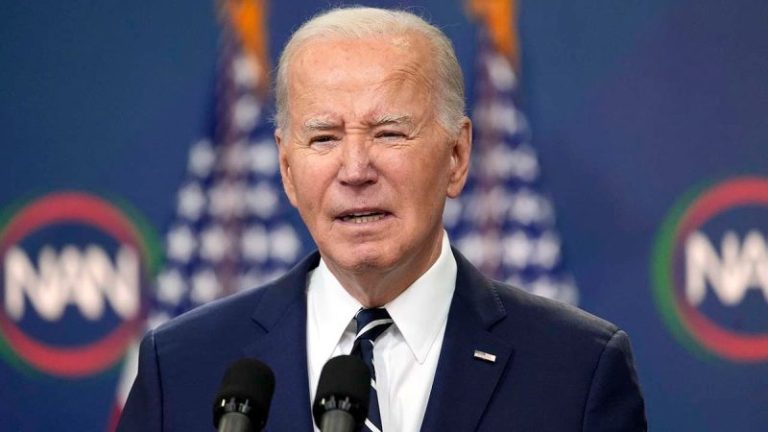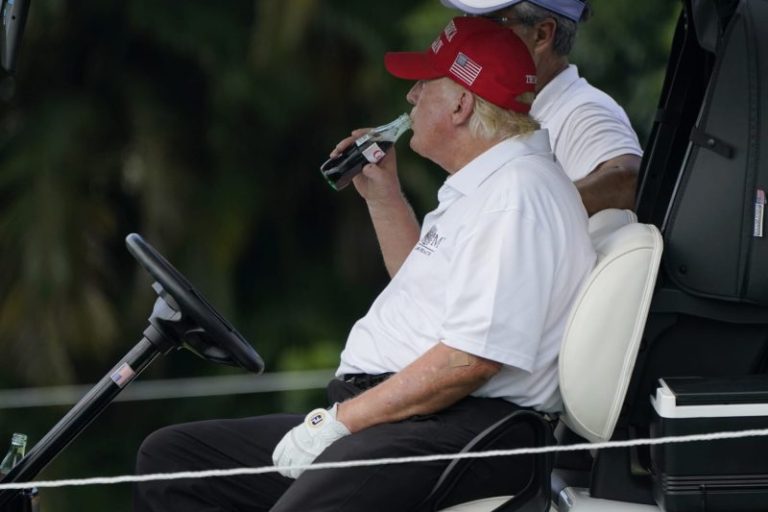Former Biden administration staffer Annie Tomasini is expected to appear before congressional investigators on Friday after being subpoenaed by House Oversight Committee Chairman James Comer, R-Ky.
Tomasini, former Assistant to the President and Deputy Chief of Staff for ex-President Joe Biden, was previously scheduled to appear for a voluntary transcribed interview on Friday.
A committee aide told Fox News Digital earlier this week that Tomasini’s counsel requested the subpoena, but did not say why.
When she arrives for the 10 a.m. closed-door deposition on Friday, she will be the third ex-Biden administration aide to come under subpoena in Comer’s probe in recent weeks.
Comer is investigating allegations that Former President Joe Biden’s former top White House aides covered up signs of his mental and physical decline while in office, and whether any executive actions were commissioned via autopen without the president’s full knowledge. Biden allies have pushed back against those claims.
In an interview with The New York Times on Thursday, Biden affirmed he ‘made every decision’ on his own.
Just before Tomasini, House investigators heard from Anthony Bernal, a longtime aide to ex-first lady Jill Biden.
Bernal pleaded the Fifth Amendment on all questions about Biden and was out of the committee room less than an hour after going in.
Lawmakers are largely not expected to attend the closed-door deposition, which is traditionally staff-led.
Comer has been to several so far, and progressive firebrand Rep. Jasmine Crockett, D-Texas, has made surprise appearances as well.
CNN anchor Jake Tapper and Axios political correspondent Alex Thompson revealed in their book, ‘Original Sin,’ that Tomasini and Bernal ‘loaded a written Q&A into a prompter ahead of a local interview – a document that the campaign had used in prep with Biden.’
Tomasini and Bernal brought out the teleprompter as his aides were trying to soften his blunders as Biden struggled to stay on message, according to the book. But the teleprompter fiasco became an easy attack line throughout Biden’s re-election campaign, as President Donald Trump ‘weaved’ through his myriad unscripted moments.
The book described how Tomasini and Bernal grew closer to Biden during the pandemic, eventually becoming Joe and Jill Biden’s most trusted aides.
Tapper and Thompson describe the ‘intensely loyal’ duo – Tomasini and Bernal – as taking on an ‘older-brother-and-little-sister vibe’ among Biden’s inner circle.
Bernal and Tomasini later took on some of the residence staffers’ roles in the White House. Tapper and Thompson said the aides ‘had all-time access to the living quarters, with their White House badges reading ‘Res’ – uncommon for such aides.’
‘The significance of Bernal and Tomasini is the degree to which their rise in the Biden White House signaled the success of people whose allegiance was to the Biden family – not to the presidency, not to the American people, not to the country, but to the Biden theology,’ the authors wrote.
A source familiar with the Biden team’s thinking called House Republicans’ probe ‘dangerous’ and ‘an attempt to smear and embarrass.’
‘And their hope is for just one tiny inconsistency between witnesses to appear so that Trump’s DOJ prosecute his political opponents and continue his campaign of revenge,’ the source said.
This post appeared first on FOX NEWS




